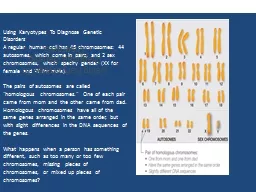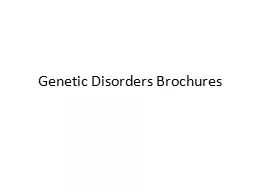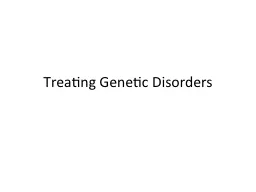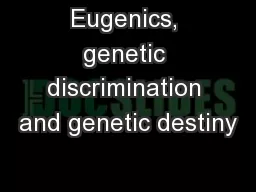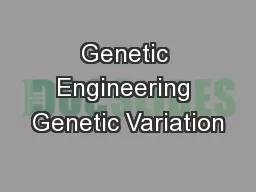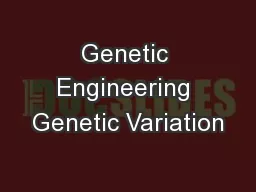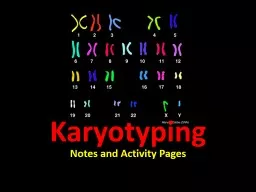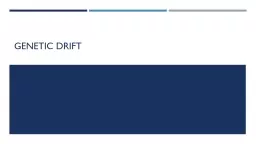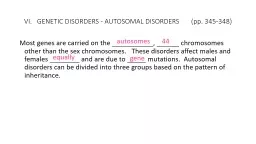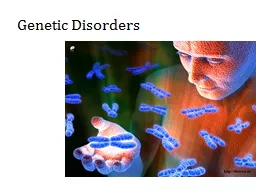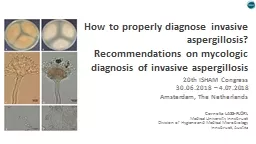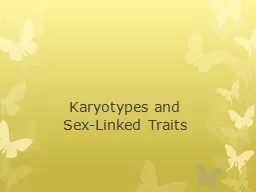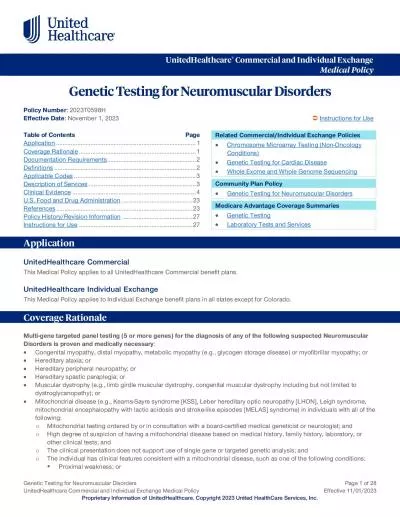PPT-Using Karyotypes To Diagnose Genetic Disorders
Author : phoebe-click | Published Date : 2020-04-02
A regular human cell has 46 chromosomes 44 autosomes which come in pairs and 2 sex chromosomes which specify gender XX for female and XY for male The pairs of autosomes
Presentation Embed Code
Download Presentation
Download Presentation The PPT/PDF document " Using Karyotypes To Diagnose Genetic Di..." is the property of its rightful owner. Permission is granted to download and print the materials on this website for personal, non-commercial use only, and to display it on your personal computer provided you do not modify the materials and that you retain all copyright notices contained in the materials. By downloading content from our website, you accept the terms of this agreement.
Using Karyotypes To Diagnose Genetic Disorders: Transcript
Download Rules Of Document
" Using Karyotypes To Diagnose Genetic Disorders"The content belongs to its owner. You may download and print it for personal use, without modification, and keep all copyright notices. By downloading, you agree to these terms.
Related Documents

